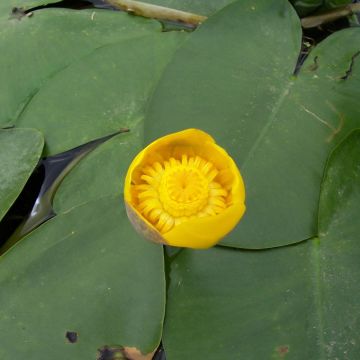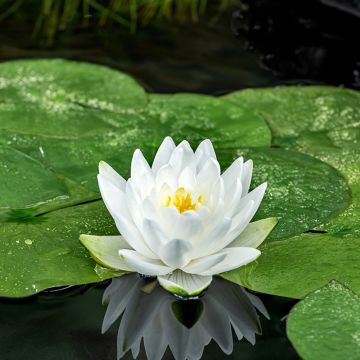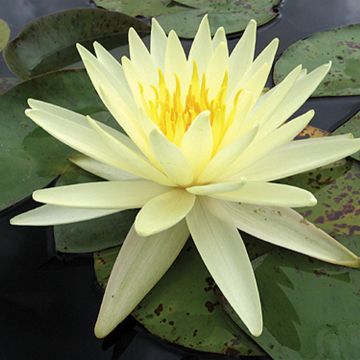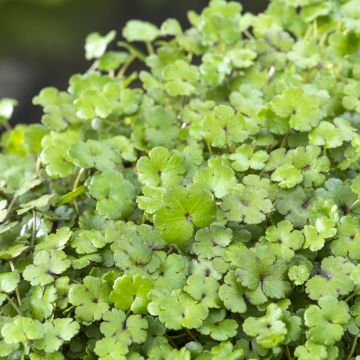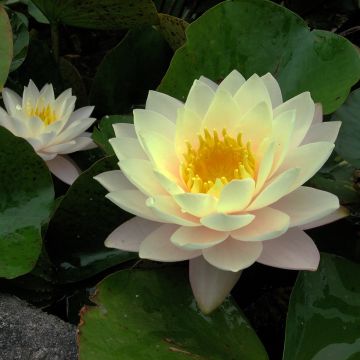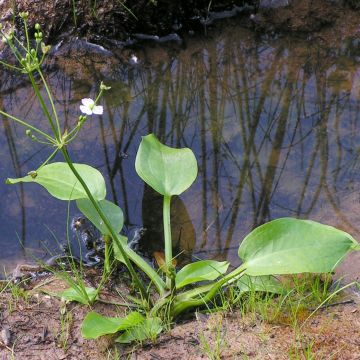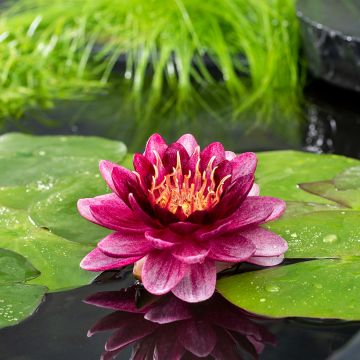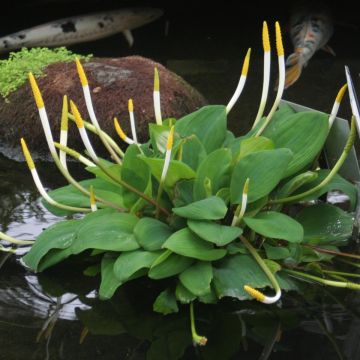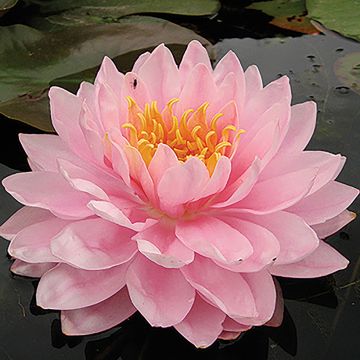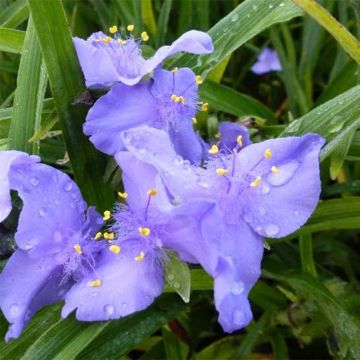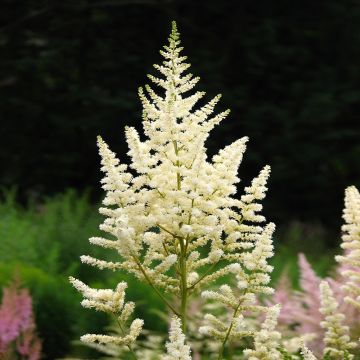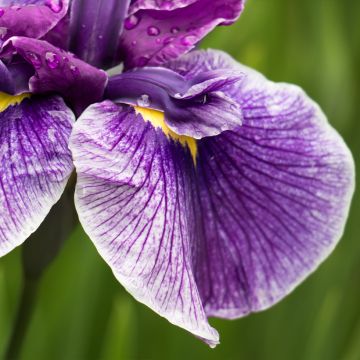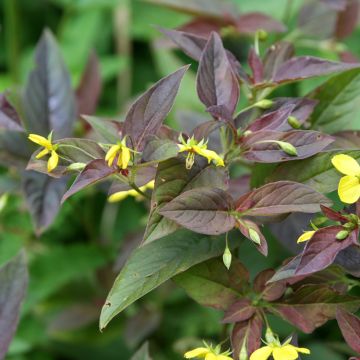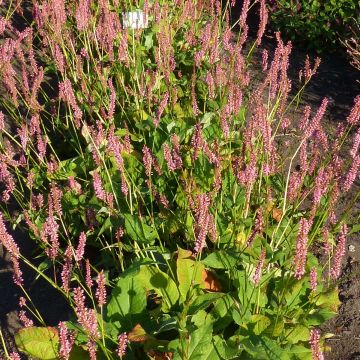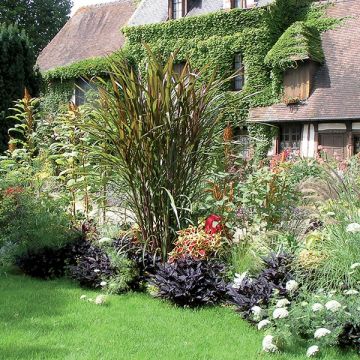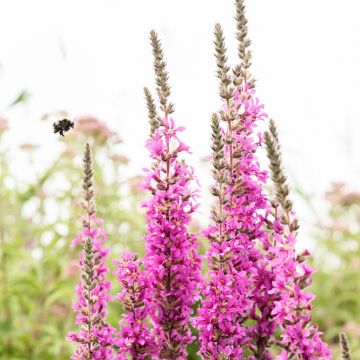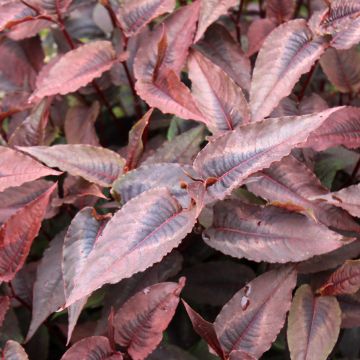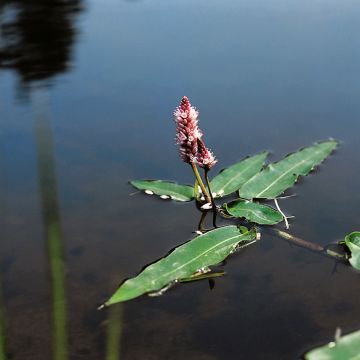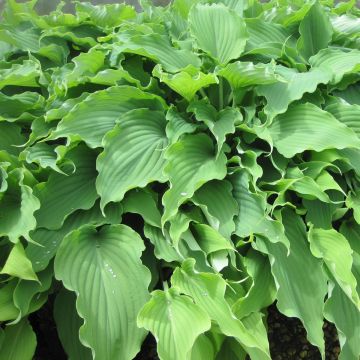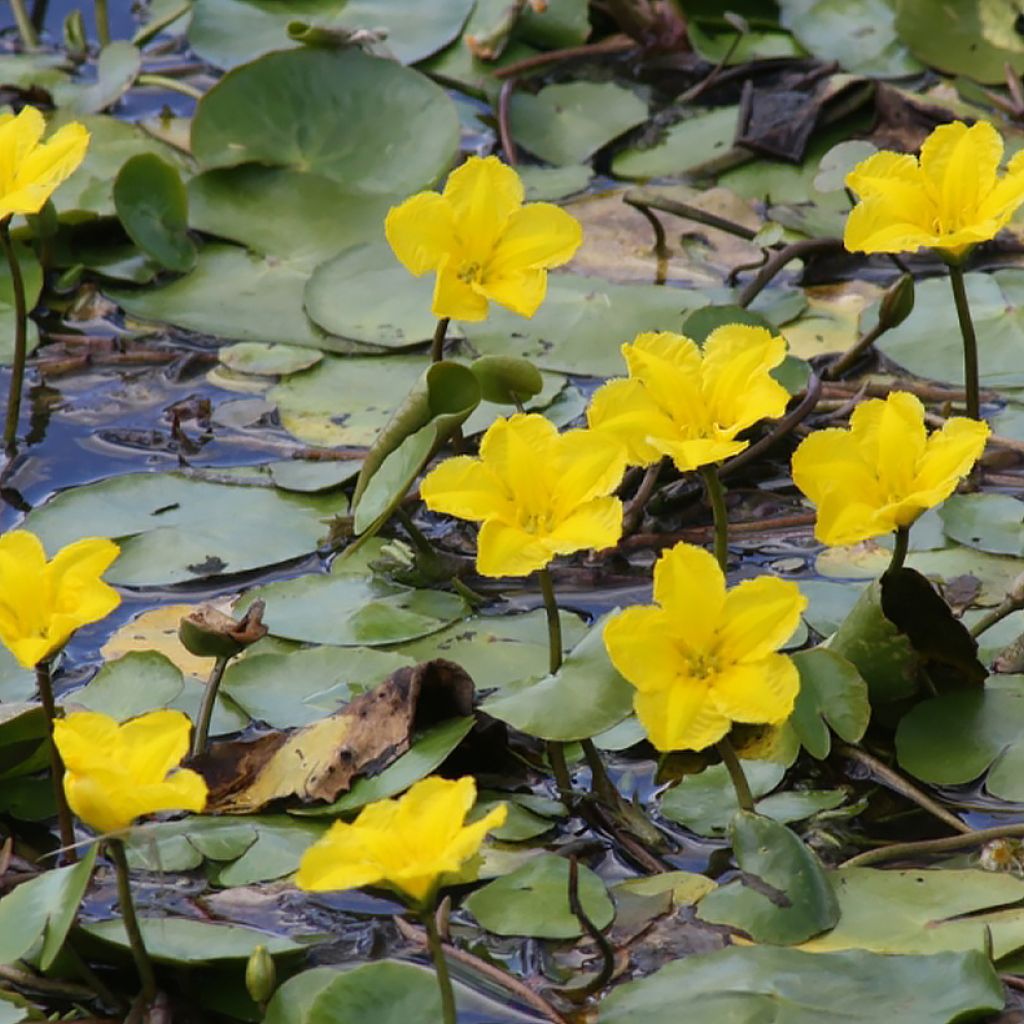

Nymphoides peltata - yellow floating heart
Nymphoides peltata - yellow floating heart
Nymphoides peltata
Yellow Water-lily, Brandy-Bottle
This item cannot be shipped to the selected country
Delivery charge from €5.90
More information
Schedule delivery date,
and select date in basket
This plant carries a 12 months recovery warranty
More information
We guarantee the quality of our plants for a full growing cycle, and will replace at our expense any plant that fails to recover under normal climatic and planting conditions.
From €5.90 for pickup delivery and €6.90 for home delivery
Express home delivery from €8.90.
Does this plant fit my garden?
Set up your Plantfit profile →
Description
Nuphar lutea, or yellow water lily has large floating or emergent heart-shaped leaves that can still be found in the wold in lakes, ponds, and calm and unpolluted rivers. It is less commonly used in ponds than Nymphaea because it is bigger and its golden yellow flower is smaller and less spectacular. However, it does have two advantages over the latter: it can grow in partially shaded areas and is less likely to be eaten by carp.
The yellow water lily belongs to the Nymphaeaceae family, native to Northern Europe, Northern Asia, and North Africa. It is found in calm and deep waters. This robust aquatic perennial can rapidly reach 30 cm (12in) high with a minimum spread of 2 m (7ft). It flowers in July-August. The flower opens in the morning and closes in the evening, lasting for 5 days, a few centimetres above the water, a round, cup-shape with 5 thick yellow petals resembling large buttercups. It measures 3 to 5 cm (1 to 2in). Its light apple-like fragrance with a hint of alcohol attracts insects to pollinate it. The green fruit is shaped like a bottle and releases seeds to be dispersed by water when ripe. The plant has 3 types of leaves:
The first leaves are submerged, light green, with a fine and crumpled texture, reminiscent of lettuce leaves and floating under water. They are not very sturdy, as they are supported by the mass of water.
Floating leaves, magnificent and huge, heart-shaped, 30 cm (12in) wide: their long triangular petiole brings them to the surface of the water, like the short stem of a bulb. They are dark green and thicker and can spread over 3 to 4 m (10 to 13ft).
The emergent leaves are thicker and slightly smaller and they rise above the water. The water lily will produce this third type after using the available water surface, if the water is not too deep. It offers numerous hiding places for insects and amphibians.
The bottom of a pond is devoid of oxygen and the petioles contain air tubes to supply oxygen to the bottom of the water. They can reach a length of 5 m (16ft) and emerge from a thick rhizome. This aquatic stem grows at the level of the mud and buries its roots in it. The rhizome can reach 2 m (7ft) in length and branch out. In winter, all the leaves disappear, and the plant overwinters in the form of a rhizome.
Nuphar should not be confused with water lilies (Nymphaea), and are hardier. They develop in deeper and colder water and tolerate partial shade. Nuphar has a more wild and less sophisticated appearance and is reserved for large stagnant lakes or ponds. However, a slight current does not harm their growth and flowering.
Nuphar lutea is subject to monitoring and sometimes protection in certain departments, as, despite its vigorous growth, it is sensitive to pollution, and wetland areas are disapearing. If you see the beautiful leaves of this water lily spreading over a pond, it shows that the water is not polluted. The rhizome of the yellow water lily is edible, boiled like a starchy vegetable. It contains tannins and an alkaloid that give it medicinal properties.
Report an error about the product description
Flowering
Foliage
Plant habit
Botanical data
Nymphoides
peltata
Menyanthaceae
Yellow Water-lily, Brandy-Bottle
Nymphoides flava, Villarsia nymphoides, Nymphoides natans, Limnanthemum peltatum, Menyanthes nymphoides
Western Europe
Other Aquatic perennials
Planting and care
Nuphar lutea prefers chalky waters and clayey and heavy soil, quite rich in organic matter, although it can tolerate a relatively poor environment. To plant in a pond, it should have a minimum depth of 1.50 m (5ft). It is best planted in a container to prevent it from becoming invasive, as it is vigorous and a detached piece of rootstock will colonize a little further. In winter, all the leaves disappear, and the plant overwinters in the form of a rootstock. Prune to control its growth if it seems to be colonizing too large an area, as it could deprive submerged oxygenating plants of light.
Planting period
Intended location
Care
This item has not been reviewed yet - be the first to leave a review about it.
Aquatic plants
Haven't found what you were looking for?
Hardiness is the lowest winter temperature a plant can endure without suffering serious damage or even dying. However, hardiness is affected by location (a sheltered area, such as a patio), protection (winter cover) and soil type (hardiness is improved by well-drained soil).

Photo Sharing Terms & Conditions
In order to encourage gardeners to interact and share their experiences, Promesse de fleurs offers various media enabling content to be uploaded onto its Site - in particular via the ‘Photo sharing’ module.
The User agrees to refrain from:
- Posting any content that is illegal, prejudicial, insulting, racist, inciteful to hatred, revisionist, contrary to public decency, that infringes on privacy or on the privacy rights of third parties, in particular the publicity rights of persons and goods, intellectual property rights, or the right to privacy.
- Submitting content on behalf of a third party;
- Impersonate the identity of a third party and/or publish any personal information about a third party;
In general, the User undertakes to refrain from any unethical behaviour.
All Content (in particular text, comments, files, images, photos, videos, creative works, etc.), which may be subject to property or intellectual property rights, image or other private rights, shall remain the property of the User, subject to the limited rights granted by the terms of the licence granted by Promesse de fleurs as stated below. Users are at liberty to publish or not to publish such Content on the Site, notably via the ‘Photo Sharing’ facility, and accept that this Content shall be made public and freely accessible, notably on the Internet.
Users further acknowledge, undertake to have ,and guarantee that they hold all necessary rights and permissions to publish such material on the Site, in particular with regard to the legislation in force pertaining to any privacy, property, intellectual property, image, or contractual rights, or rights of any other nature. By publishing such Content on the Site, Users acknowledge accepting full liability as publishers of the Content within the meaning of the law, and grant Promesse de fleurs, free of charge, an inclusive, worldwide licence for the said Content for the entire duration of its publication, including all reproduction, representation, up/downloading, displaying, performing, transmission, and storage rights.
Users also grant permission for their name to be linked to the Content and accept that this link may not always be made available.
By engaging in posting material, Users consent to their Content becoming automatically accessible on the Internet, in particular on other sites and/or blogs and/or web pages of the Promesse de fleurs site, including in particular social pages and the Promesse de fleurs catalogue.
Users may secure the removal of entrusted content free of charge by issuing a simple request via our contact form.
The flowering period indicated on our website applies to countries and regions located in USDA zone 8 (France, the United Kingdom, Ireland, the Netherlands, etc.)
It will vary according to where you live:
- In zones 9 to 10 (Italy, Spain, Greece, etc.), flowering will occur about 2 to 4 weeks earlier.
- In zones 6 to 7 (Germany, Poland, Slovenia, and lower mountainous regions), flowering will be delayed by 2 to 3 weeks.
- In zone 5 (Central Europe, Scandinavia), blooming will be delayed by 3 to 5 weeks.
In temperate climates, pruning of spring-flowering shrubs (forsythia, spireas, etc.) should be done just after flowering.
Pruning of summer-flowering shrubs (Indian Lilac, Perovskia, etc.) can be done in winter or spring.
In cold regions as well as with frost-sensitive plants, avoid pruning too early when severe frosts may still occur.
The planting period indicated on our website applies to countries and regions located in USDA zone 8 (France, United Kingdom, Ireland, Netherlands).
It will vary according to where you live:
- In Mediterranean zones (Marseille, Madrid, Milan, etc.), autumn and winter are the best planting periods.
- In continental zones (Strasbourg, Munich, Vienna, etc.), delay planting by 2 to 3 weeks in spring and bring it forward by 2 to 4 weeks in autumn.
- In mountainous regions (the Alps, Pyrenees, Carpathians, etc.), it is best to plant in late spring (May-June) or late summer (August-September).
The harvesting period indicated on our website applies to countries and regions in USDA zone 8 (France, England, Ireland, the Netherlands).
In colder areas (Scandinavia, Poland, Austria...) fruit and vegetable harvests are likely to be delayed by 3-4 weeks.
In warmer areas (Italy, Spain, Greece, etc.), harvesting will probably take place earlier, depending on weather conditions.
The sowing periods indicated on our website apply to countries and regions within USDA Zone 8 (France, UK, Ireland, Netherlands).
In colder areas (Scandinavia, Poland, Austria...), delay any outdoor sowing by 3-4 weeks, or sow under glass.
In warmer climes (Italy, Spain, Greece, etc.), bring outdoor sowing forward by a few weeks.

































